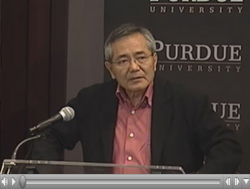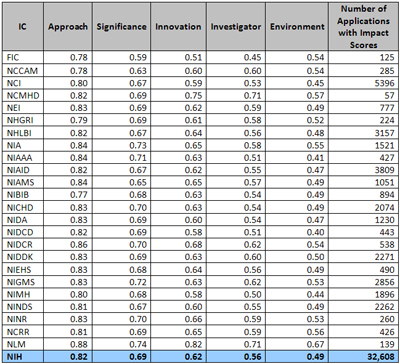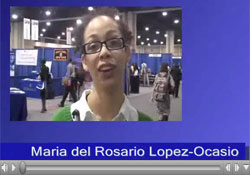
Last week, I had the privilege of giving a keynote address at the 10th Annual Biomedical Research Conference for Minority Students (ABRCMS) in Charlotte, North Carolina. The conference, sponsored by NIGMS and organized by NIGMS Council member Cliff Houston, had a record attendance of 3,100, including more than 2,000 students and about 20 NIGMS staff members.
The meeting contributes in two major ways to the goal of a scientific workforce that reflects the diversity of the U.S. population. It provides a forum for promising scientists from underrepresented groups to showcase their talent and knowledge and make important training and career connections. It also gives faculty mentors valuable resources for facilitating their students’ success.
My address was organized around the themes from Randy Pausch’s lecture “Really Achieving Your Childhood Dreams,” and it described key events and strategies that facilitated my own path to a career in science. I greatly enjoyed discussing science and career opportunities with many of the students at the poster session and after my talk.
Other keynote speakers at this impressive conference included Neil DeGrasse Tyson, Maya Angelou, NIH Director Francis Collins and NIGMS grantee Carolyn Bertozzi.
Jilliene Mitchell, who staffed the NIGMS exhibit booth and talked to a lot of attendees, writes:
The energy level among the meeting attendees soared through the roof of the Charlotte Convention Center. The undergraduate and graduate students were tremendously enthusiastic about networking, presenting their research, listening to scientific talks and getting advice about their career paths from accomplished scientists. The NIGMS exhibit booth received a lot of traffic, with students lined up to talk about training opportunities and faculty members lined up to discuss their grants.
Throughout the conference, I encountered many students who thanked NIGMS for sponsoring ABRCMS. One postdoc summed it up best when she said, “This is the best career development workshop I’ve been to—it’s huge!”
These video clips I took capture the mood and excitement.
The announcement for next year’s ABRCMS meeting is expected soon, and we will post information here when it is available.
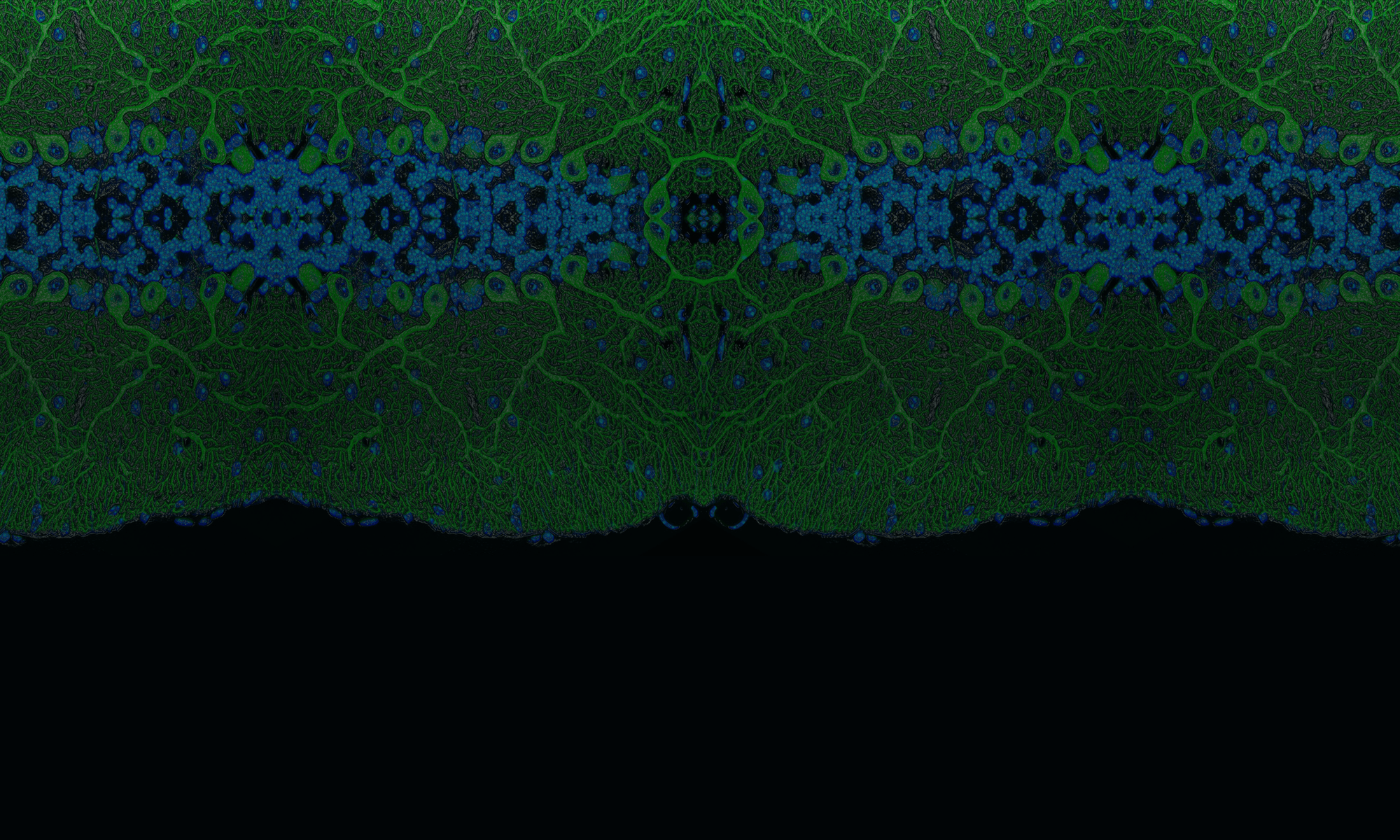

 In September 2009, we announced that we were not reissuing the funding opportunity announcement for our Large-Scale Collaborative Project Awards (Glue Grant) program, which has supported research teams tackling significant and complex problems that are beyond the means of any one research group. We are currently assessing the need for this type of support and how best to manage programs of such scope and magnitude.
In September 2009, we announced that we were not reissuing the funding opportunity announcement for our Large-Scale Collaborative Project Awards (Glue Grant) program, which has supported research teams tackling significant and complex problems that are beyond the means of any one research group. We are currently assessing the need for this type of support and how best to manage programs of such scope and magnitude.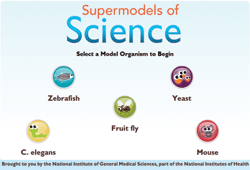 Many kids (and adults) learned more about science and technology at the 2-week-long USA Science & Engineering Festival this month in Washington, D.C. The event featured hundreds of activities, including performances, workshops, demonstrations, tours of mobile labs and interactive games. A number of these were hosted by NIH, which was also one of the event sponsors, and most of its components. The festival wrapped up last weekend with a grand finale expo on the National Mall.
Many kids (and adults) learned more about science and technology at the 2-week-long USA Science & Engineering Festival this month in Washington, D.C. The event featured hundreds of activities, including performances, workshops, demonstrations, tours of mobile labs and interactive games. A number of these were hosted by NIH, which was also one of the event sponsors, and most of its components. The festival wrapped up last weekend with a grand finale expo on the National Mall.